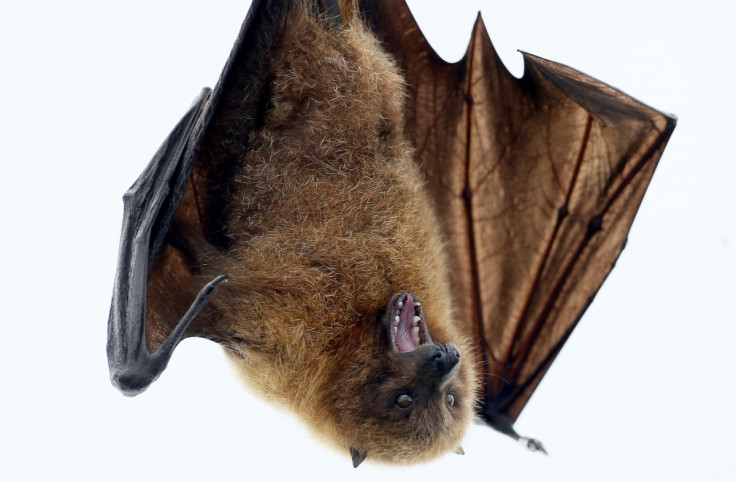Fossilised bat 'three times the size of modern day relative' that walked on all fours discovered

The fossilised remains of a newly discovered species of bat, which was three times the size of its modern day relative, has been unearthed in New Zealand.
The new species, named Mystacina miocenalis, is thought to have lived 16 million years ago and would have walked around on all fours, rarely opting to fly because of its size and weight.
It is closely related to another New Zealand native bat, Mystacina tuberculata, but would have weighed three times as much as it, at 40g – an average weight that is heavier than 900 living bat species, according to the study published in PLOS ONE.
"The size of bats is physically constrained by the demands of flight and echolocation, as you need to be small, quick and accurate to chase insects in the dark," explained lead author Suzanne Hand, associate professor from the University of New South Wales.
"The unusually large size of this bat suggests it was doing less in-flight hunting and was taking heavier prey from the ground, and larger fruit than even its living cousin."
The teeth are however similar to its living relative, which suggests it shared a similar diet of nectar, pollen, fruit, insects and spiders.
The remains were found close to Central Otago on South Island in a prehistoric body of water called Lake Manuherikia, which was part of a warmer subtropical rainforest between 16 and 19 million years ago, otherwise known as the Miocene era.
It has long been theorised by scientists that bats have an ancient history in New Zealand but the oldest remains to be unearthed before this discovery belonged to a bat that lived 17,500 years ago.
"Our discovery shows for the first time that Mystacina bats have been present in New Zealand for upwards of 16 million years, residing in habitats with very similar plant life and food sources," said Hand. "This helps us understand the capacity of bats to establish populations on islands and the climatic conditions required for this to happen.
"Bats are important pollinators and seed dispersers that keep forests healthy. Understanding the connectivity between the bat faunas of different landmasses is important for evaluating biosecurity threats and conservation priorities for fragile island ecosystems."
© Copyright IBTimes 2025. All rights reserved.






















